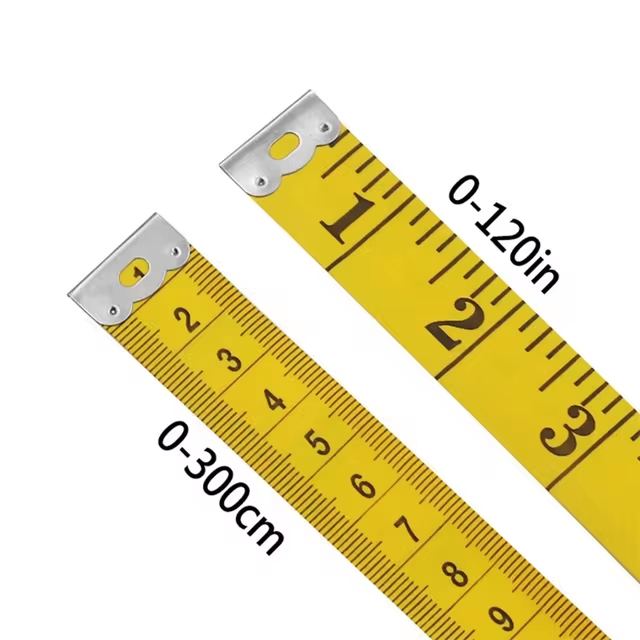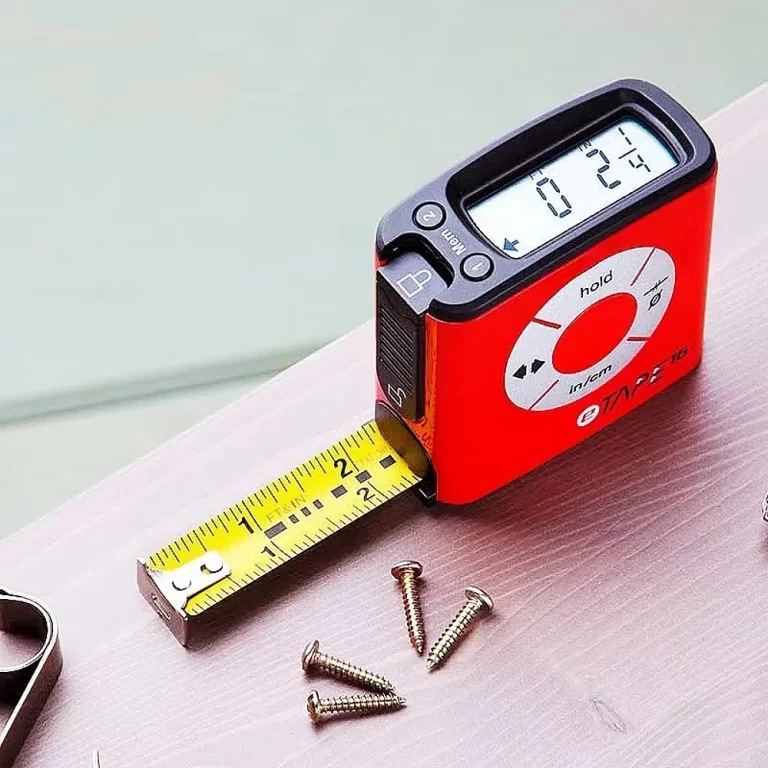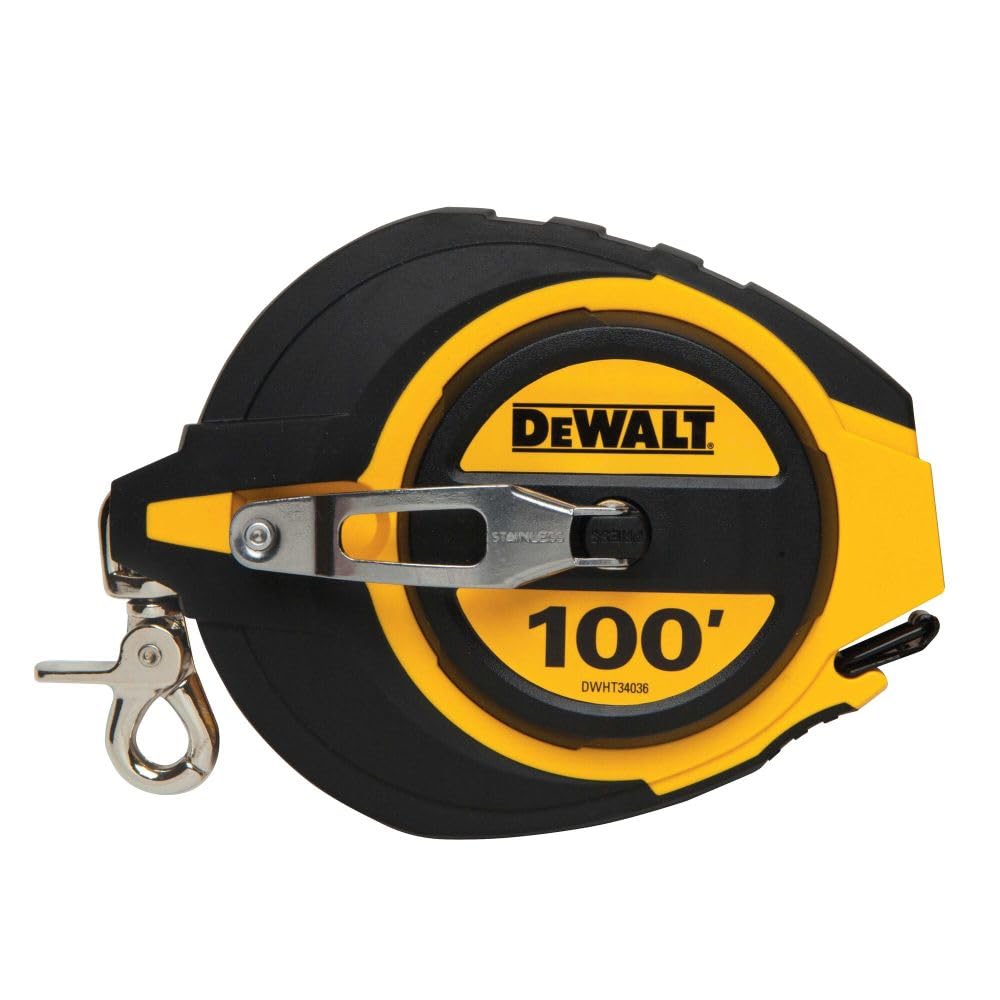
What Is Half of 3 5/8 on a Tape Measure? Essential for DIYers
When working on DIY projects, woodworking, or even simple home improvements, understanding measurements is crucial. One common question that arises is, what is half of 3 5/8 on a tape measure? This seemingly simple query can lead to confusion, especially for those new to using measuring tools. In this comprehensive guide, we will explore the basics of tape measure fractions, provide step-by-step instructions to find half of 3 5/8 inches, and offer practical tips to enhance your measuring accuracy. By the end of this article, you’ll have a clear understanding of how to handle such measurements confidently.
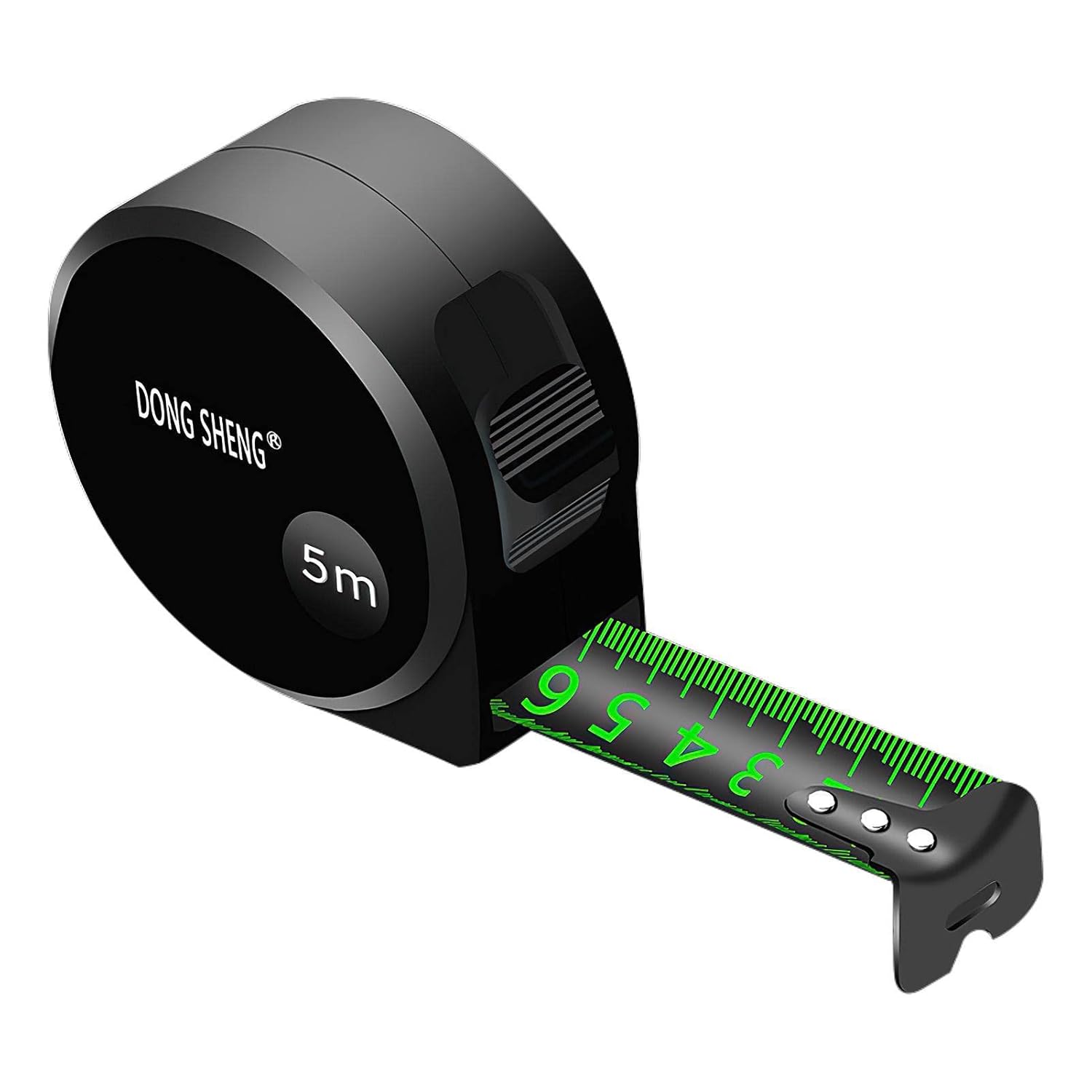 Basics of Tape Measure Readings
Basics of Tape Measure Readings
Common Fractions and Their Decimal Equivalents
What is half of 3 5/8 on a tape measure? Understanding fractions is critical for accurate measurements. Tape measures often display marks for fractions. These fractions, such as 1/8, 3/16, and 5/8, represent parts of an inch. Converting fractions to decimals can simplify complex calculations. For example, 3/8 converts to 0.375. Memorizing common conversions helps in quicker readings. This avoids errors in projects requiring precise dimensions.
Importance of Accuracy in Measurements
Accuracy in measurements ensures the success of any project. Even minor errors can cause major issues. On tape measures, users must identify the correct fractions or decimal values. Misreading fractions can lead to improper fits, wasted materials, or unstable structures. Double-checking measurement readings prevents costly mistakes. Accurate tools and careful observation are key to reliable results.
Determining Half of 3 5/8
Breaking down fractions can help simplify measurements like finding half of 3 5/8. This process is useful for tasks requiring precision. Below are the steps and techniques for calculating half of this mixed fraction.
Steps to Divide Fractions
- Convert the Mixed Fraction to an Improper Fraction:
- Write 3 5/8 as an improper fraction.
- Multiply the whole number (3) by the denominator (8) and add the numerator (5):[ (3 \times 8) + 5 = 24 + 5 = 29 ]
- The improper fraction becomes (29/8).
- Divide the Fraction by 2:
- To find half of (29/8), divide it by 2.
- Dividing a fraction by 2 equals multiplying by (1/2):[ (29/8) \times (1/2) = 29/16 ]
- Result in Fraction Form:
- The result is (29/16), which is an improper fraction.
- Simplify this further if needed.
Simplifying Results for Measurement
- Convert to a Mixed Number:
- If required, convert (29/16) back to a mixed number.
- Divide 29 by 16:
- 29 ÷ 16 = 1 remainder 13.
- The fraction becomes (1\ 13/16).
- Understand the Meaning for Tape Measure:
- On a tape measure, (1\ 13/16) reflects 1 inch and 13/16 of an inch.
- Locate it easily by finding the 13th mark past the 1-inch mark.
- Decimal Equivalent:
- For complex tasks, convert (13/16) to a decimal.
- Divide 13 by 16:[ 13 ÷ 16 = 0.8125 ]
- The final measurement is (1.8125) inches.
By following these steps, you can accurately calculate and understand half of 3 5/8. This ensures precision in both basic and advanced projects.
Practical Applications of Half Measurements
Knowing how to determine half measurements has many practical uses. Whether you are working in construction, crafting, or other DIY tasks, precision is essential. Let’s explore two key areas where this skill proves invaluable.
Construction and DIY Projects
- Woodworking and Carpentry: Finding half of a measurement is crucial when cutting materials evenly. For example, dividing 3 5/8 ensures both pieces match perfectly.
- Plumbing and Wiring: Exact halves help in proper placement of pipes and wires for symmetrical installations.
- Framing and Layouts: Splitting measurements like 3 5/8 aids in centering windows, doors, or wall studs.
- Minimizing Wastage: Accurate halving prevents material overuse, making projects cost-effective and eco-friendly.
Crafting and Precision Tasks
- Sewing and Quilting: Half measurements ensure fabric cuts align in patterns or seams.
- Jewelry Making: Dividing dimensions evenly produces balanced, visually appealing designs.
- Home Decor Projects: Creating items like picture frames or shelves requires precise halving to ensure fit and finish.
- Art Projects: Splitting dimensions such as 3 5/8 enhances symmetry, improving overall project appearance.
In both construction and crafting, mastering measurements like half of 3 5/8 saves time and ensures precision. This contributes to seamless outcomes across tasks.
Tips for Using a Tape Measure Effectively
Using a tape measure properly can save time and improve measurement accuracy. Here are some tips for ensuring effective use in various tasks.
How to Identify Fractions on a Tape Measure
- Understand the Markings:
- Tape measures typically display marks for common fractions like 1/8, 1/4, and 1/16.
- Each smaller line represents a smaller fraction (e.g., 1/16 is shorter than 1/8).
- Practice Reading Fractions:
- Familiarize yourself with patterns of the fractional markings.
- For instance, on a standard tape, 5/8 is the fifth mark past the half-inch mark (4/8).
- Use Reference Points:
- Locate larger markers, such as 1/2 or 1 inch, as visual anchors.
- Count smaller fractions from these key points to locate specific measurements.
- Check for Fractional Labels:
- Some tapes print numbers directly on fractional marks for easier readings.
- Use these labeled points as guides when splitting dimensions like 3 5/8.
- Train Your Eye:
- Regular practice improves your ability to identify fractions quickly and correctly.
Knowing how to read these fractions simplifies tasks requiring precise measurements.
Avoiding Common Measurement Errors
- Hold the Tape Firmly:
- Ensure the tape is tight and flat against the surface being measured.
- Avoid sagging or bending, which distorts readings.
- Start at the Correct Measurement Point:
- Always begin at the “0” mark, not the edge of the tape casing.
- Some casings include extra length; confirm before starting.
- Double-Check Your Measurement:
- Confirm your readings by measuring twice or using reference points.
- Recheck if the measurement includes fractions like 5/8 to avoid errors.
- Take Note of Fractions Carefully:
- Misreading or skipping small lines can lead to incorrect results.
- Pay attention, especially for similar fractions like 3/8 and 5/8.
- Avoid Measuring at Angles:
- Keep the tape straight and perpendicular to the edge being measured.
- Angled measurements result in skewed numbers.
- Clean and Maintain the Tape:
- Remove debris or dirt that can obscure markings on the tape.
- Damaged or faded markings hinder accurate readings.
By following these tips, you can avoid errors and make the most of your tape measure. This will lead to better precision in projects.
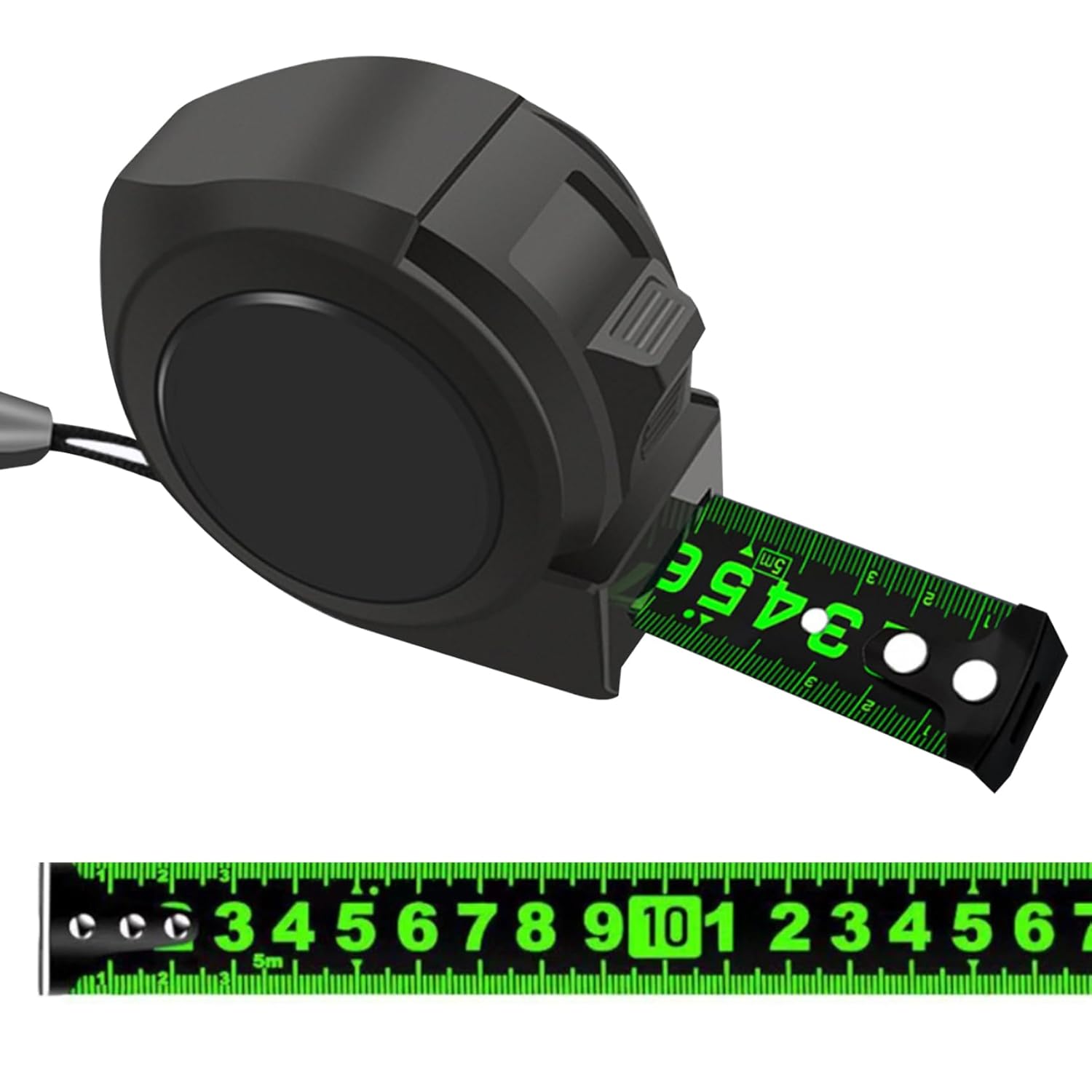 Converting Fractions to Decimals for Precision
Converting Fractions to Decimals for Precision
Benefits of Decimal Conversion
Converting fractions to decimals makes measurement tasks easier and faster. Decimals simplify calculations for precise outcomes. For example, instead of interpreting 3 5/8, use its decimal equivalent of 3.625. This reduces confusion during complex measurements and ensures accuracy in tasks like cutting or layout planning.
Decimals work seamlessly with digital tools like calculators and software. They eliminate the need to manually interpret fraction markings on a tape measure. For dimensions requiring tight tolerances, decimals provide reliable precision. Professionals often prefer decimals for engineering, construction, and crafts.
Tools to Assist with Fraction and Decimal Conversion
Several tools simplify the process of converting fractions to decimals. The most common is a calculator. Enter the fraction as a division problem (e.g., 5 ÷ 8) to get the decimal. Fraction-to-decimal conversion charts offer a quick reference for standard measurements.
Digital tape measures display readings in fractions and decimals automatically. These tools help avoid manual conversions on-site. Online converters are useful for quick calculations when working remotely or planning projects.
Using these tools minimizes errors and saves time. With reliable conversions, project outcomes remain accurate and consistent.
Visualizing 3 5/8 on a Tape Measure
Understanding where 3 5/8 is on a tape measure is crucial for precise measurements. The tape measure consists of a series of marks representing fractions of an inch. Locating 3 5/8 and its half-mark involves knowing these fractions and practicing their use.
Placement of 3 5/8 and Half-Marked Measurements
- Locate the Whole Number:
- Start by finding the 3-inch mark on the tape measure.
- Identify the Fraction:
- Move past 3 inches to the 5/8 mark.
- Count five small lines between 3 1/2 (4/8) and 3 3/4 (6/8).
- Mark Half of 3 5/8:
- Find the halfway point between 3 5/8 and the next inch.
- This point corresponds to the 1/16 fraction following 3 13/16.
- Decimal Placement:
- The half of 3 5/8 equals approximately 1.8125 inches on a tape measure.
Identifying specific fractions like 3 5/8 improves accuracy in various projects.
Tricks for Quick Identification of Half Points
- Use Visual Reference Points:
- Locate bigger fractions like 1/2 or 3/4 to split nearby marks.
- Count Small Intervals:
- Practice counting smaller marks to spot the exact halfway point faster.
- Highlight Fractions:
- Mark commonly used fractions, like 5/8, on your tape for quicker identification.
- Check for Labeled Fractions:
- Use tape measures with pre-labeled fractional and decimal markers.
- Estimate by Patterns:
- Recognize patterns in fractional intervals as you measure repeatedly.
These tricks enhance your speed and precision when working with measurements like 3 5/8 or dividing it in half.
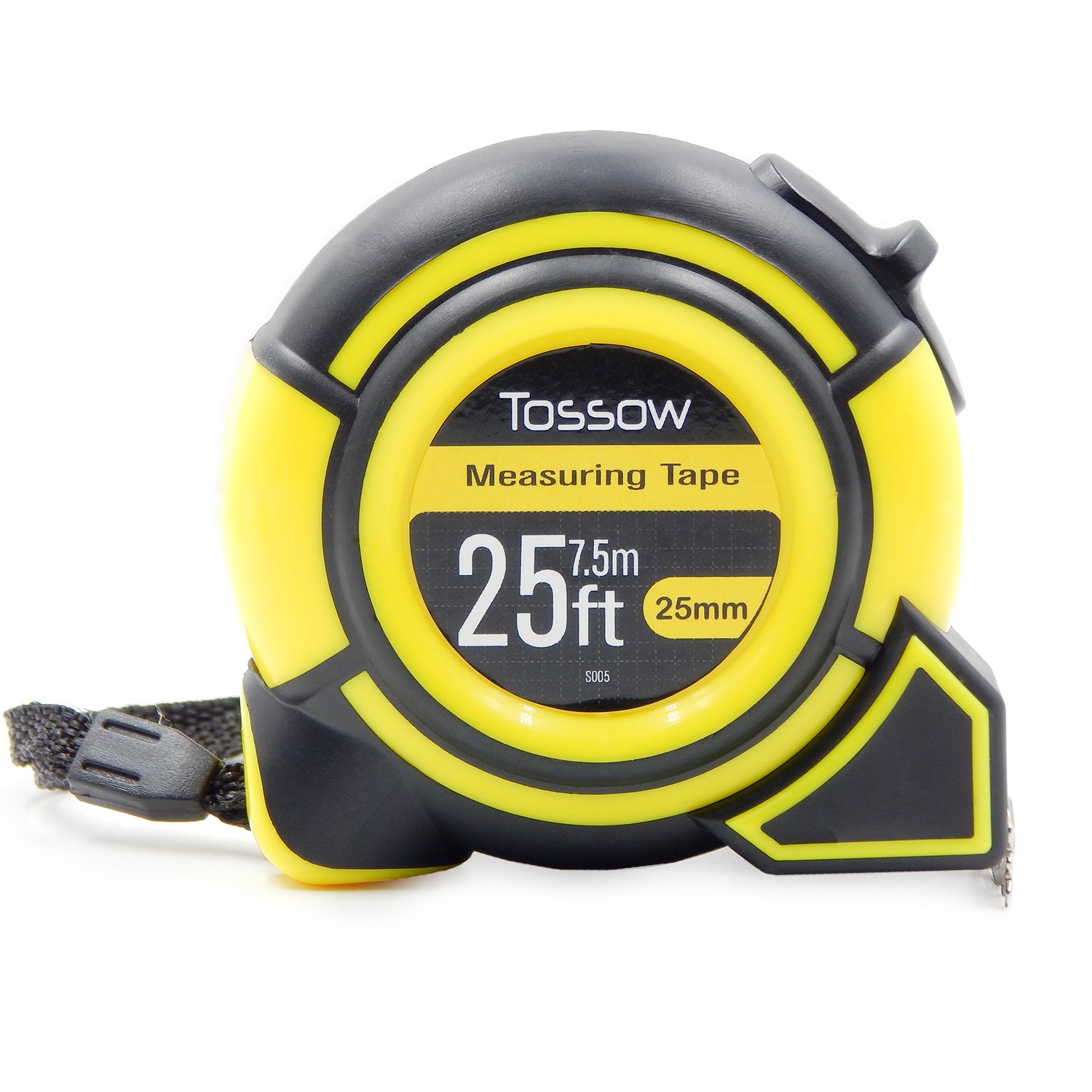 How to Read Complex Measurements on a Tape Measure
How to Read Complex Measurements on a Tape Measure
Sometimes, measurements go beyond simple fractions, involving mixed numbers or conversions between units. Here’s how to tackle more complex measurements confidently.
Mixed Number Measurements
Mixed numbers, like 3 5/8 inches, combine whole numbers and fractions. To work with these, always separate the whole number from the fraction before performing any calculations, such as finding half.
Converting Between Units
If you’re working on a project that requires both imperial and metric measurements, understanding how to convert between inches and centimeters can be incredibly helpful. Knowing that 1 inch equals 2.54 centimeters allows you to switch units seamlessly.
Understanding Decimal Equivalents
Sometimes, it’s easier to work with decimal equivalents rather than fractions. For instance, knowing that 5/8 inches is equal to 0.625 inches can simplify calculations, especially when using digital tools or software that require decimal inputs.
Using Fractional Guides
Many tape measures come with fractional guides or tables that help you convert fractions to decimals quickly. Familiarize yourself with these guides to make complex measurements more manageable.
Frequently Asked Questions
What is half of 3 5/8 on a tape measure?
Half of 3 5/8 inches on a tape measure is 1 13/16 inches. This is calculated by dividing the whole number and the fraction separately: half of 3 inches is 1.5 inches, and half of 5/8 inches is 5/16 inches, resulting in a total of 1 13/16 inches.
How do I find half of a measurement on a tape measure?
To find half of a measurement, divide both the whole number and the fractional part of the measurement by two. For example, to find half of 4 1/2 inches, divide 4 by 2 to get 2 inches and 1/2 by 2 to get 1/4 inch, resulting in a total of 2 1/4 inches.
Why is it important to understand tape measure fractions?
Understanding tape measure fractions is crucial for achieving precise measurements in various projects. It ensures that cuts, fittings, and assemblies are accurate, leading to better results and reducing the likelihood of errors.
Can I use a calculator for measuring tape fractions?
Yes, using a calculator can help simplify the process of working with fractions, especially for complex measurements. It ensures accuracy and saves time, particularly when dealing with multiple or intricate measurements.
What are some tips for improving my measuring skills?
Practice regularly, familiarize yourself with common fractions and their decimal equivalents, use additional measuring tools like rulers and calipers for precision, and always double-check your measurements to ensure accuracy.
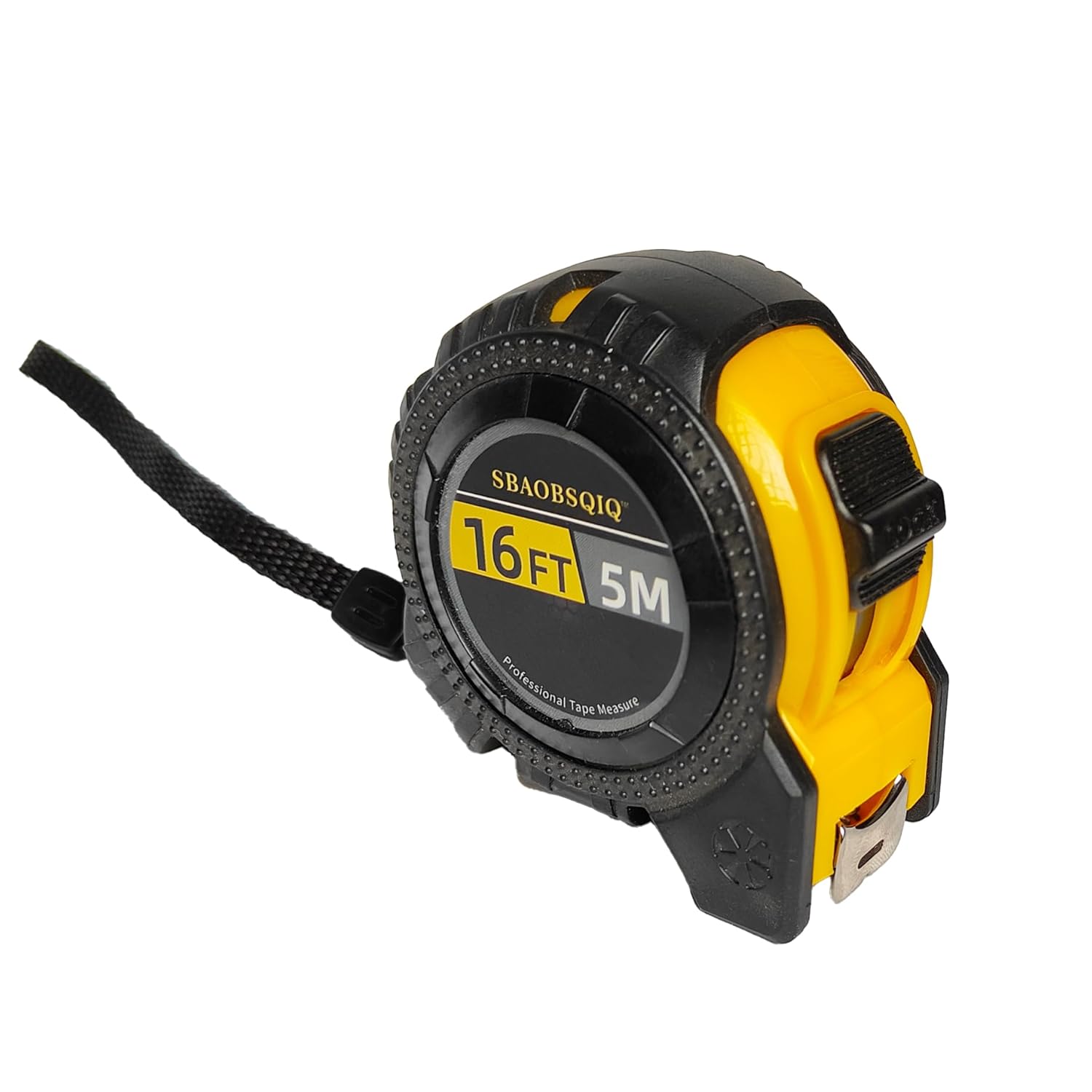 Advanced Techniques for Accurate Measurement
Advanced Techniques for Accurate Measurement
For those looking to refine their measuring skills further, advanced techniques can provide even greater precision and efficiency in your projects.
Double Measurement
Always measure twice to confirm accuracy. This simple practice can prevent errors that could compromise the quality of your work.
Using Templates
Templates can help maintain consistency in repeated measurements. Create a template with the exact measurements needed and use it as a guide for consistent results.
Marking Reference Points
Marking reference points on your materials before making cuts or adjustments helps in maintaining measurement accuracy, especially in complex projects involving multiple steps.
Incorporating Technology
Leverage technology by using digital tools and apps designed to assist with measurements. These tools can provide instant calculations and help keep track of multiple measurements efficiently.
The Importance of Accurate Measurements in Projects
Accurate measurements are fundamental to the success of any project. Whether you’re building furniture, renovating a room, or crafting artwork, precision ensures that all components fit together seamlessly.
Enhancing Project Quality
Precision in measurements directly influences the quality of the final product. Accurate measurements lead to well-fitted parts, sturdy constructions, and aesthetically pleasing results.
Saving Time and Resources
Avoiding measurement errors saves time and resources by reducing the need for rework and minimizing material waste. Accurate measurements from the start streamline the project workflow.
Building Confidence
Mastering the art of measuring builds confidence in your abilities. It empowers you to tackle more complex projects and challenges with assurance and expertise.
Ensuring Safety
In projects involving structural elements or electrical components, precise measurements are crucial for safety. Incorrect measurements can lead to unstable structures or electrical hazards, making accuracy a top priority.
 Conclusion: Mastering the Art of Measuring with Your Tape Measure
Conclusion: Mastering the Art of Measuring with Your Tape Measure
In conclusion, understanding what is half of 3 5/8 on a tape measure is a valuable skill that enhances your ability to execute projects with precision and confidence. By grasping the basics of tape measure fractions, practicing accurate measurement techniques, and avoiding common mistakes, you can elevate the quality of your work across various applications. Whether you’re a DIY enthusiast, a professional builder, or a passionate crafter, mastering the art of measuring ensures that your projects are both beautiful and robust. Embrace these principles, and let your tape measure become a reliable companion in all your endeavors, guiding you toward success with every accurate measurement you take.
